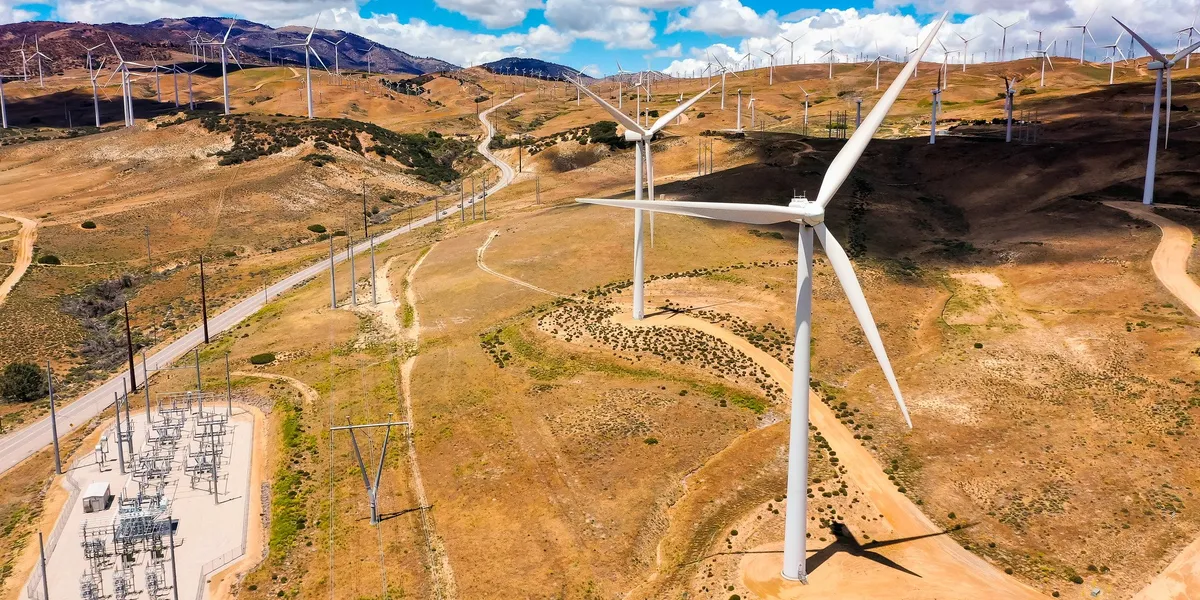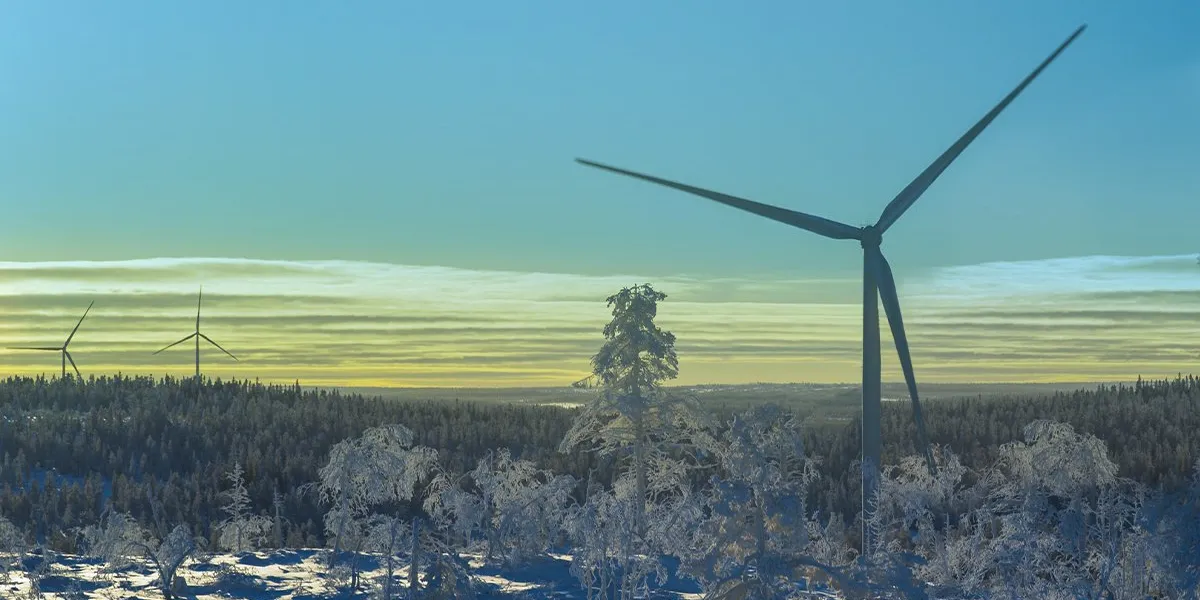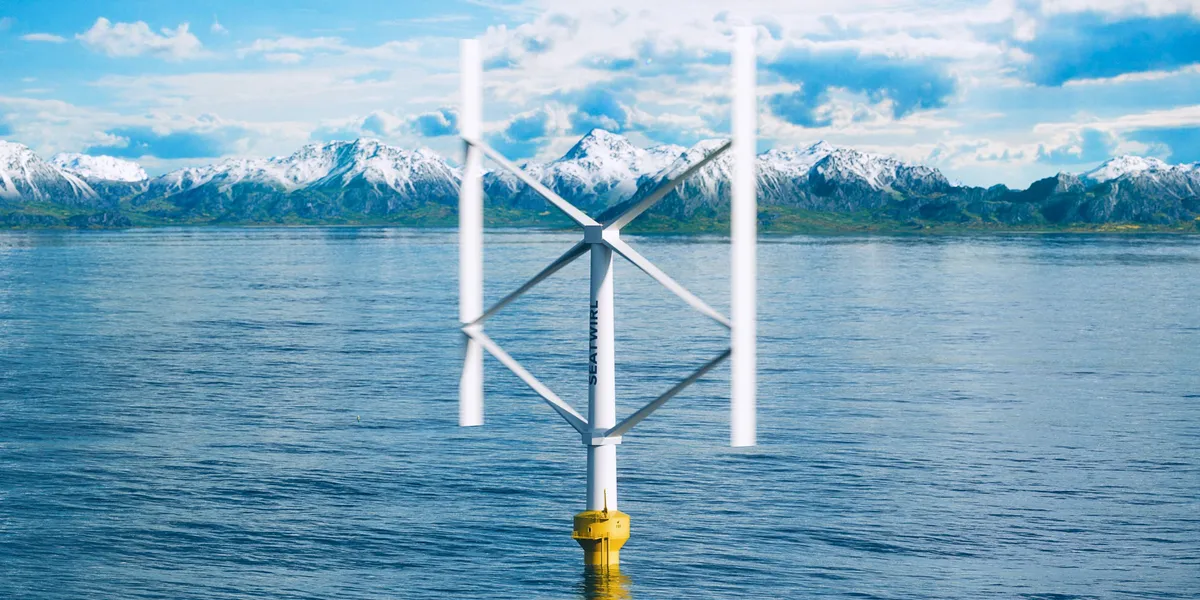
One of the perks of attending a massive event like DTECH or RE+ is the opportunity to ask a few folks what’s on their minds. You’ll quickly catch on to the trends driving the energy industry in 2025: electric load growth fueled by data centers, rising power prices, federal anti-renewable sentiment, the booming battery market, grid modernization/hardening, and artificial intelligence adoption, to name a few.
All of that stuff is important, no doubt, but another benefit of having access to tens of thousands of power producers, utilities, equipment providers, and consultants is discovering what they’re thinking about that nobody else is: a new fad, a lingering concern, or a pioneering project.
I asked dozens of industry professionals to share the thing that’s rattling around in their brains but likely hasn’t made it mainstream. The responses were thoughtful and wide-ranging, providing unique insight into the problems power producers and service providers face and offering a glimpse at what might be coming down the pike.
Now Might Be The Best Time to End Clean Energy Tax Credits
Back in June, when legislators decided to cut off tax credit eligibility for the construction of wind and solar projects, SunPower boss and free market enthusiast TJ Rodgers raised a few eyebrows with an exuberant reaction, quoting Dr. Martin Luther King, Jr.
“Free at last. Thank God Almighty we are free at last,” read the title of the residential solar company’s press release celebrating the upcoming end of the 30% investment tax credit (ITC).
Was Mr. Rodgers in the right neighborhood all along? It’s sure starting to sound that way. Although it’s tough for some to say they’re okay with where the One Big Beautiful Bill (OBBB) landed, considering rapidly increasing electricity demand, now might just be the best time imaginable to remove the subsidy band-aid.


Kevin Smith, chief executive officer at Arevon: “If there’s a time when we can weather taking the tax credits away, this is the time. And frankly, for the last decade, quietly, my view has been that at some point in time, the tax credits were going to go away, and we were going to have to kind of get on with it. The argument that we can make now that our tax credits are gone is: What about the natural gas industry? The coal industry? The nuclear industry? What about all the tax benefits, drilling credits, and insurance subsidies that they get? All those industries have subsidies as well.”


Brian Nelson, renewables segment leader at ABB: “I think private equity is still very bullish about renewable energy, and even so, maybe in a non-tax credit environment. I think it’s still a tremendous technology that will be utilized for years and years.”


Nick Sangermano, president, GS Power Partners: “I think people just need a reset after going through the five phases of grief. But I think people are in the acceptance phase 1758656226, which is where they should be… There’s a pretty big supply problem in America. Solar is at a scale that really matters, and at least in distributed generation, we have great velocity. Power is the new oil. You would have looked at me like I had two heads if I told you this five years ago. Perhaps [the Inflation Reduction Act] was a little too generous, maybe a little too frothy. You had an influx of people and capital, and maybe not everybody belonged. Maybe the expectations were set a little too high.”
VPPs and DERMS are for Real
This summer, the three major California utilities conducted what was likely the largest coordinated virtual power plant (VPP) test in U.S. history, simultaneously dispatching thousands of systems to deliver 535 megawatts (MW) to the grid, thereby reducing net load during the evening peak. It worked fabulously, and the utilities learned a lot, as detailed in a recent Factor This podcast.
Technology is no longer a major hurdle to widespread utilization of distributed energy resources (DERs), and the same can be said for distributed energy resource management systems (DERMS) that optimize them. The possibilities, to put it lightly, are enticing.


Andy Newbold, senior director of corporate communications at Enphase Energy: “Homes and businesses are being taken very seriously as a grid asset. I think about things like bi-directional electric vehicle (EV) chargers like the one we unveiled recently. The battery on your car is 10 times the size of a normal stationary battery that you put on the side of your home. The value of that as a flexible asset to the grid is huge. Powering a home with solar is going to be immensely valuable to not just the homeowner themselves, who’s going to get access to reliable, clean power, day or night, grid up or grid down, but also to their neighbors when they’re sending energy back to the grid to power their neighbor’s washing machine. So I think we need to, as an industry, make sure that we’re in the conversations with grid planners and Public Utility Commissions (PUCs) and talking about resource adequacy to make sure we’re allowed to participate in those markets.”


Robert Duva, senior vice president of operations at SolMicroGrid: “The most exciting area, I believe, is in the controls and the AI component of the integration of batteries and solar. Batteries and solar by themselves are kind of mundane, but not when you combine the two with a brain that can dispatch solar from a battery when [electricity] is really expensive, and literally bank it for when it’s needed most… For the longest time, solar was almost the enemy of the grid because we created all kinds of problems. Intermittency, voltage drop, island issues… We had to actually write different sections of code to not electrocute line workers when there was an outage. Now it’s more about working friendlier with them and saying we want to give you something that’s high grade when you need it, not just when the sun is out.”


Hugh Scott, chief technology officer at FlexGen: “It’s an opportunity to talk about energy management systems (EMS) like hybrid operating systems (OS). It always amazes me how little battery storage operators see the importance of their energy management system. Nobody thinks about [an EMS] while it works, but the last time you used your MacBook and you couldn’t start it, that was a very frustrating experience, right? People don’t focus on the importance of energy management systems. Maybe that’s not a bad thing, but I think that people underestimate them.”


Ben Brown, chief executive officer at Renew Home: “The reality is that to get to 200 gigawatts of additional peak capacity needed, most of that’s going to have to come from demand side resources. I just don’t think there’s any other way to do that over the next five plus years…. This idea of ‘comfortable DR’ is where we have been trying to push the industry for a little while. Over the last 15 years, you could get maybe 20% of the population participating in programs, and nowadays we’re seeing 70 or 80% of folks opting into intelligent energy optimization. We can do that if we keep them comfortable and we’re maximizing their benefits and reducing their cost.”
Supply and Demand are Misaligned
It’s no secret that we need a lot more power, and we need it fast. We’re all in this train ride of an AI race together, and since none of us has access to the brakes, rapid deployment of energy infrastructure is the only path forward. But can we actually meet the needs of the modern grid before needing to discuss brownouts and blackouts? Some major stakeholders can see the metaphorical locomotive barreling toward potential disaster next year and beyond, while electricity prices skyrocket amidst supply chain shortages and workforce constraints.


Jon Powers, co-founder of Clean Capital: “As much as the administration wants to pretend they can explain this away, there’s a lot more demand than there is supply. We need more supply, and this will come back to bite them soon.”


Adam Bernardi, solar director at Burns and McDonnell: “Most of the discussions we’re having are about what 2028 will look like. There’s so much demand out there that I think, although the OBBB was probably not great from the renewables perspective, it could have been much worse… Quite honestly, the industry could probably use a few years of slower growth because we have been growing at a breakneck pace. It’s almost unsustainable. 10% a year feels kind of nice right now.”


Kevin Smith, chief executive officer at Arevon: “2025 and into the first half of 2026 is probably going to look like the status quo, but I think as we go into the second half of 2026 and into 2027, I think you’re going to see some pretty significant disconnects between demand and supply, and that’s going to cause some ramp ups on pricing. It’s going to cause data centers not to get built because they can’t get a power supply from the grid. I expect it really should prompt a change in policy, but it might have to get painful before that happens.”
The Northeast faces distinct challenges, including transportation electrification, aging infrastructure, renewable integration, grid modernization, and increasingly severe weather. DTECH® Northeast will assemble leading stakeholders to tackle these issues head-on, offering insights into cutting-edge technologies and strategies that ensure reliability, sustainability, and customer satisfaction. Join us in Boston, Massachusetts, from November 17-19, 2025!
Solar Has an Image Issue; Clean Energy Needs BEtter Messaging
Despite efforts from groups like the Solar Energy Industries Association (SEIA), which pitched a comprehensive policy agenda for President Trump and the 119th Congress (they might’ve been left on read), federal disdain for wind and solar generation is hampering the ability to get projects onto the grid. NIMBYism is thriving in rural America, spreading through the farmland typically targeted for utility-scale solar sites, and misguided rhetoric from the top of the Energy Department certainly isn’t helping. In response, clean energy advocates are calling for organized action to help educate the public.


Luigi Resta, president of rPlus: “We as a country and as individuals, take power for granted. We assume that it’s always going to be there and it’s always going to be cost-effective, and you just go and turn on the light switch and your lights come on. That fundamental belief has been built off of 100-year-old aging infrastructure that needs investment today. And as a result of the aging infrastructure, not the increased solar, prices are going to go up. We have to understand why it’s happening, and we have to educate the legislators, support the legislation, and the regulatory bodies. We might not like it. But it’s a reality.”


Jon Powers, co-founder of Clean Capital: “We need to be more vocal as an industry outside the Beltway. Anyone who’s building projects needs to be in those communities, advocating for what those projects are doing for that community, because we are fighting an ecosystem in the fossil fuel industry that has been around for decades. We’re battling Facebook campaigns on permitting funded by the Koch Brothers Foundation. That shouldn’t happen, right? We don’t have that ecosystem on our clean energy side, and we need to start to develop it. Right now, the administration is saying increased [electricity] prices are the renewable industry’s fault, which is as far from true as possible. We need to be punching back on it.”


Kevin Smith, chief executive officer at Arevon: “Some of our colleagues only do community engagement if they think they need it. Wrong answer, because by the time you figure out that you need it, you’re too late. As you’re going in there with your developers, you need to go into the community because you’re going to be a long-term neighbor in that market, and you need to develop those relationships so that when there are battery or solar issues, they trust you as a company because you’ve been doing the right things in the community.”
The Best of the Rest
As you might imagine, I received a wide range of answers to the “what’s on your mind that we aren’t talking about?” query. Some were specific to the nature of particular companies, illustrating the variety of challenges flummoxing not only startups, but large-scale operations.


Neal Rickner, chief executive officer at Airloom Energy: “I deployed to the Middle East. Energy is what’s embedded in me, a personal mission to be part of this community. Energy is our prosperity and our national security, yet there’s almost no new wind tech. We’re not the only new wind idea out there that’s going to work, but there’s just an industry acceptance that there’s only one way to do wind, and to me, that reeks of the ‘that’s the way we’ve always done it’ mindset. It’s usually clear in hindsight that there’s not just one way.”


Brian Nelson, renewables segment leader at ABB: “I think as an industry we need to become more interoperable. At ABB, we rely on standards. They’re not our protocols, but they make things easier. Ensuring that new energy infrastructure is easy to build is going to yield incredible benefits down the road, and we’re going to need a lot of hands to do this. If we can make it easier by having that interoperability or making the standards such that a lot of people can come to the table with solutions, I think we’ll be better off for it.”


Nick Sangermano, president, GS Power Partners: “We’re European majority-owned; our investors are excellent and have a big North American presence. But you get a lot of pull from people who are not in America, trying to understand what’s going on in America. We’re certainly receptive, understanding, and sympathetic to those needs, but there are disruptions. The media has never been quicker to respond, and sometimes it feels very frenetic. We spend a lot of time just making sure investors of all kinds are informed. They’re all really good people, and we need to make sure everyone understands, at the end of the day, the fundamentals of power in America.”








